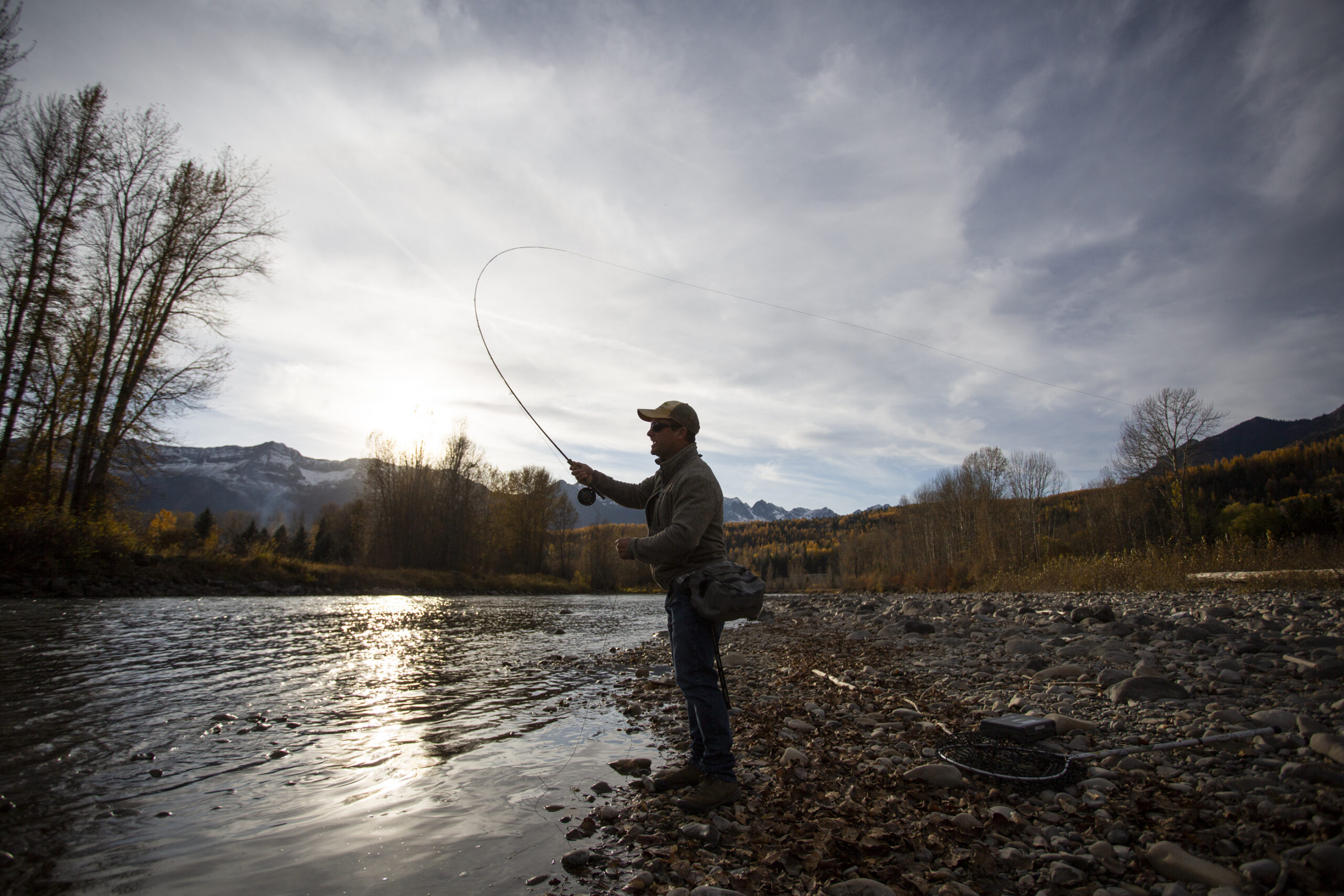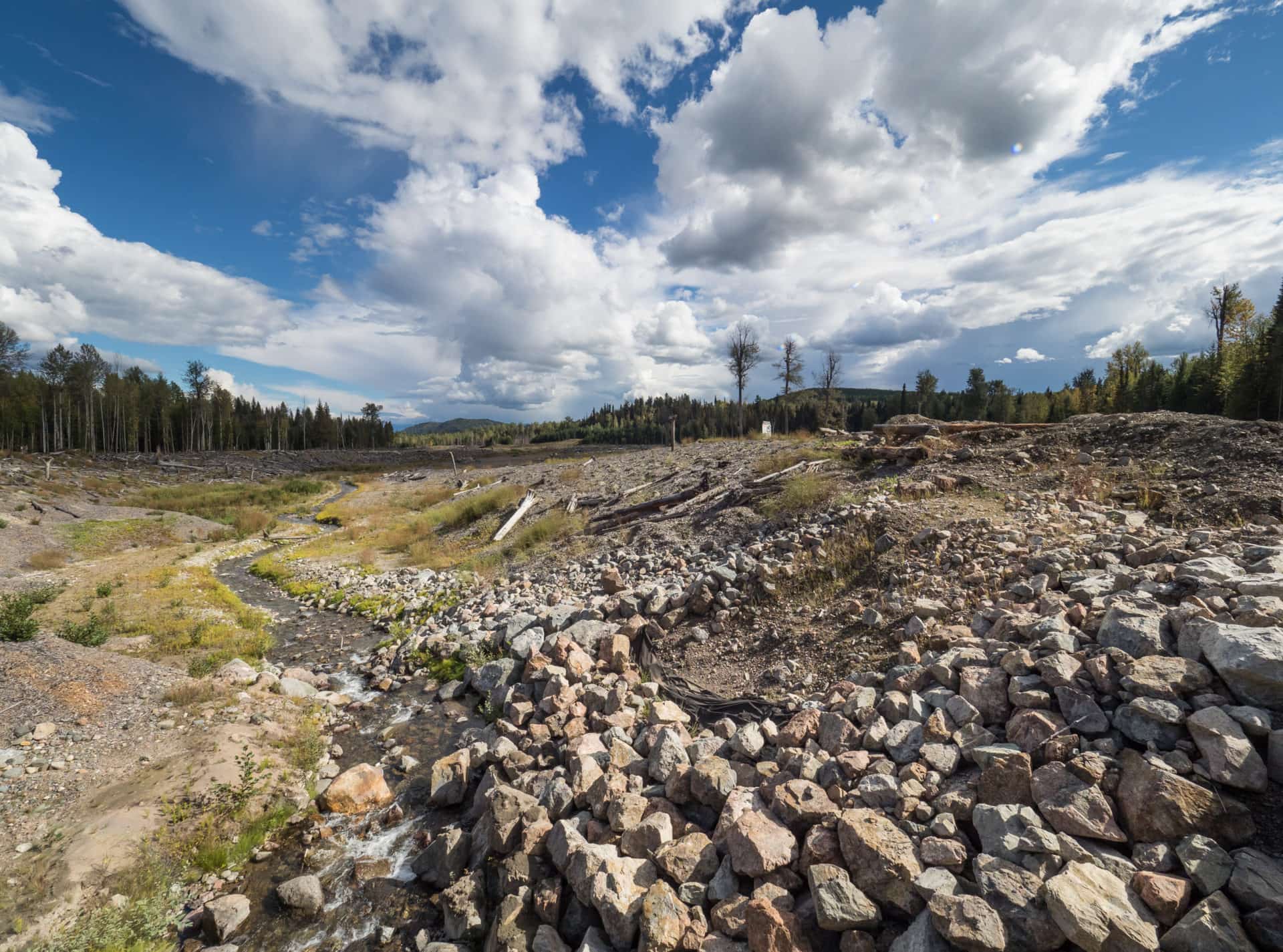
In a Nova Scotia research lab, the last hope for an ancient fish species
Racing against time, dwindling habitat and warming waters, scientists are trying to give this little-known...
Some of Canada’s biggest employers have a poor track record of abiding by environmental laws. When laws are broken corporate leaders don’t go to prison; instead, the company is fined. But the fines are rarely severe enough to scare them into changing their ways, let alone enough to make companies repair environmental damage or build a cleaner future.
Everyone has seen the headlines over the years: coal company Teck fined $60 million for contaminating rivers in southeastern B.C., Manitoba paper mill fined $1 million for leaking toxin into Saskatchewan River and Husky fined $3.8 million for 2016 oil spill into North Saskatchewan River. The combined value of these three companies — Teck, Kraft Paper and Cenovus (Husky’s parent corporation) — is over $75 billion.
Monetary penalties for breaking environmental laws continue to rise. Yet, many companies are failing to maintain compliance and pollution continues to flow. This is especially true in the case of water.
Canada has an abundance of renewable surface water and groundwater — a precious resource that often gets taken for granted. Despite persistent challenges with drinking water insecurity and climate-induced water stress, water access in Canada is a privilege that many other regions of the world do not have.

Water pollution from natural resource extraction can hinder economic drivers like tourism and fisheries, impair Indigenous Rights, harm species at risk of extinction and perpetuate environmental racism.
There are two main options for fining big polluters: administrative penalties or court charges.
Administrative penalties proceed more quickly and have historically been used for relatively small fines. Several provinces including British Columbia and Ontario have recently upped maximum penalties to $750,000 and $200,000 respectively for corporations, depending on what law is broken.
Court charges are more common when federal law — such as the Fisheries Act — is also involved. Court convictions carry more social weight, allow for much bigger fines and threaten jail time. However, they can also take years and spending time in prison for harming the environment is an exceedingly rare outcome.
Flexibility in fine amounts and bogged down court systems have resulted in administrative penalties increasingly being favoured by regulators. For example, these penalties were nearly 20 times more frequent than court charges for industrial pollution under the B.C. Environmental Management Act from 2017 to 2022.
For many businesses, a hefty one-off fine for breaking an environmental law is an unsettling wake-up call. Responsible employers reflect on this seriously and take tangible steps to reduce the chance of their operations harming the environment in the future.
But for wealthy repeat offenders, fines may be treated as nothing more than the cost of doing business. This is where the problem lies, and some of Canada’s richest corporations prove it.
Teck Resources has been fined again, and again and again for contaminating rivers and harming endangered fish in the Elk Valley, B.C., with toxic mining run-off from five nearby coal projects. The company has also been fined several times for toxic spills and leaks into the Columbia River from its nearby zinc and lead smelter.
The cost of these infractions has come to $83.1 million in combined fines. While this may seem a hefty sum, it equals just two per cent of Teck’s $3.9 billion dollar profits in 2023 alone.
In Quebec, Rio Tinto has been fined less than a million dollars on multiple occasions for illegal acid discharges into rivers from its smelters and refineries. The company’s market cap is $104 billion.
Oil giant Suncor Energy — $9 billion in 2023 earnings — has a history of repeatedly polluting the Athabasca River with sediment and sewage, in addition to oil spills and toxic releases during seabed drilling in offshore Newfoundland. None of Suncor’s fines related to water contamination has ever exceeded $1 million.
Scroll through any of these big polluters’ websites and you’ll find elegantly worded commitments to sustainability and caring for the environment. But actions speak louder than words, and no amount of greenwashing lingo can erase the smears from a record of chronic non-compliance with environmental laws.
Serious policy changes to better protect water — Canada’s most valuable natural resource — from repeat environmental offenders are warranted.

Laws work to protect the environment when they are strongly written and enforced. Amendments to the Clean Air Act in the United States in 1990 pushed polluters to innovate and resulted in a 60 per cent drop in air emissions over the following 20 years despite a 33 per cent increase in manufacturing output.
Mimicking the successful regulatory overhauls of the past is no guarantee of success today. Still, there are several paths forward to reduce environmental degradation from natural resource extraction that are worth considering:
The importance of healthy water systems to Canadians cannot be overstated — it is time to get serious about how this resource is protected.
It’s too early to know the environmental ramifications of the Baltimore bridge collapse. What is clear, however, is that while corporate entities look to limit their own liabilities, the American public will most likely be left to pay for the cleanup.
This most recent disaster is not unlike the $40 million in cleanup costs sitting on Canadian taxpayers from a 2014 tailings dam failure at the Mount Polley mine that spilled 24 million cubic metres of toxic waste into Fraser River salmon habitat. The company (Imperial Metals) was never fined for the incident.
From Baltimore to the Fraser River, financial penalties to those who damage our environments remain pitifully low. Only by holding polluters truly to account can we effectively work to end environmental pollution both in Canada and around the world.
Get the inside scoop on The Narwhal’s environment and climate reporting by signing up for our free newsletter. On March 17, federal Conservative Leader Pierre Poilievre...
Continue reading
Racing against time, dwindling habitat and warming waters, scientists are trying to give this little-known...

From investigative reporting to stunning photography, we’ve been recognized with four 2024 CAJ Awards nods...

The Narwhal is expanding its reach on video platforms like YouTube and TikTok. First up?...
